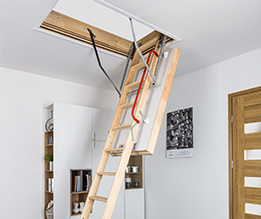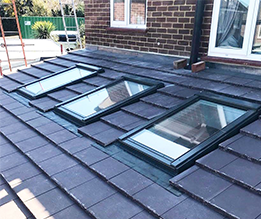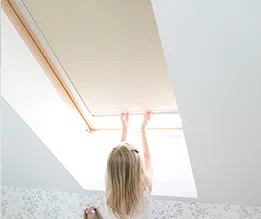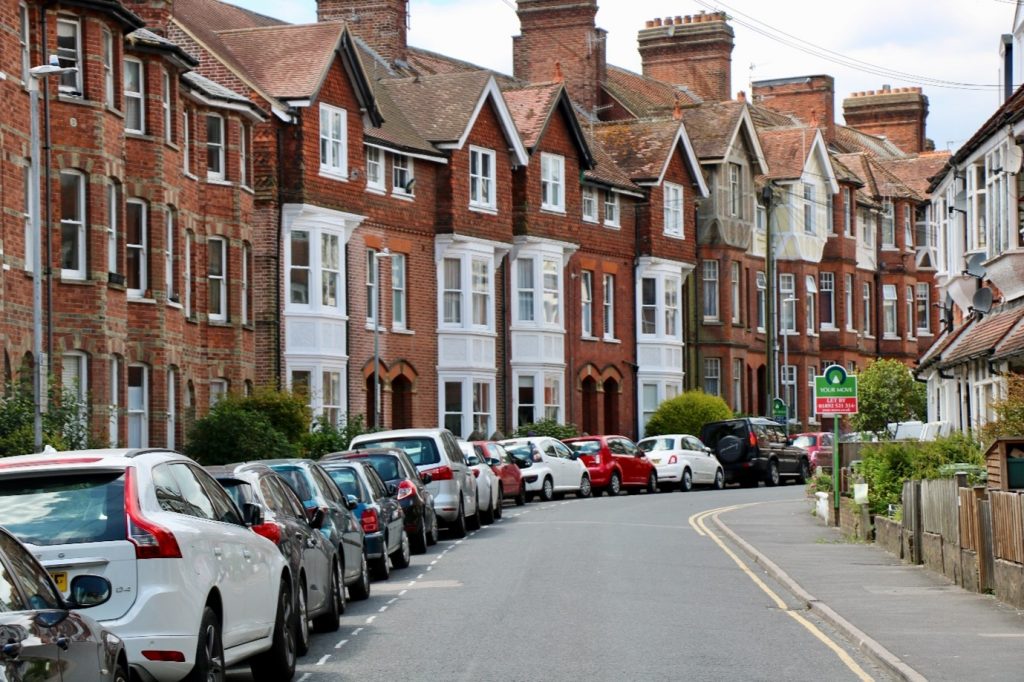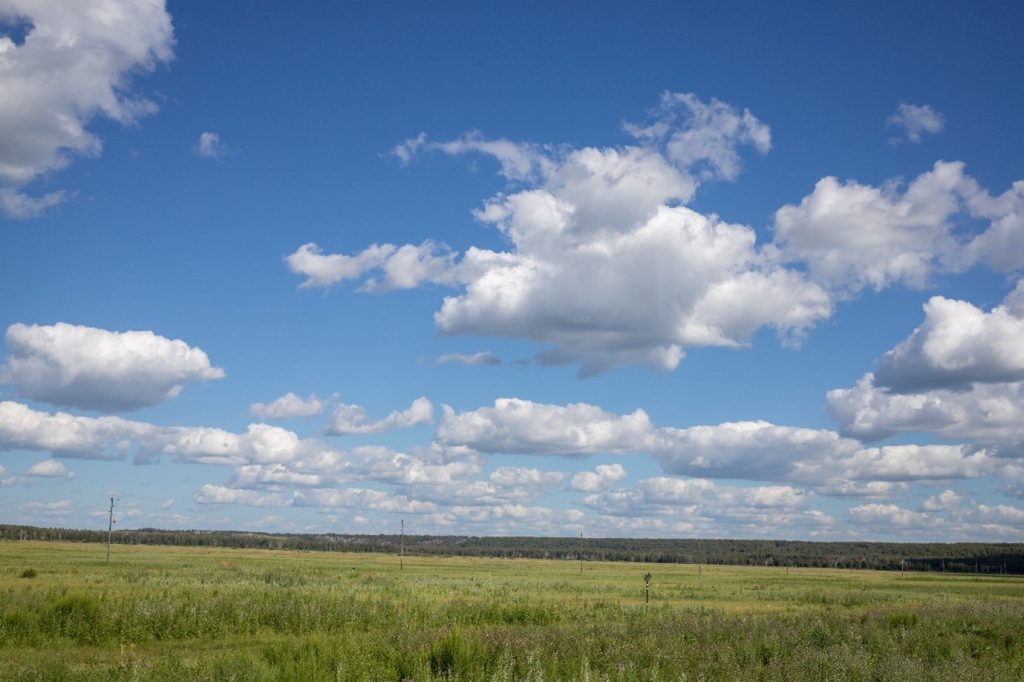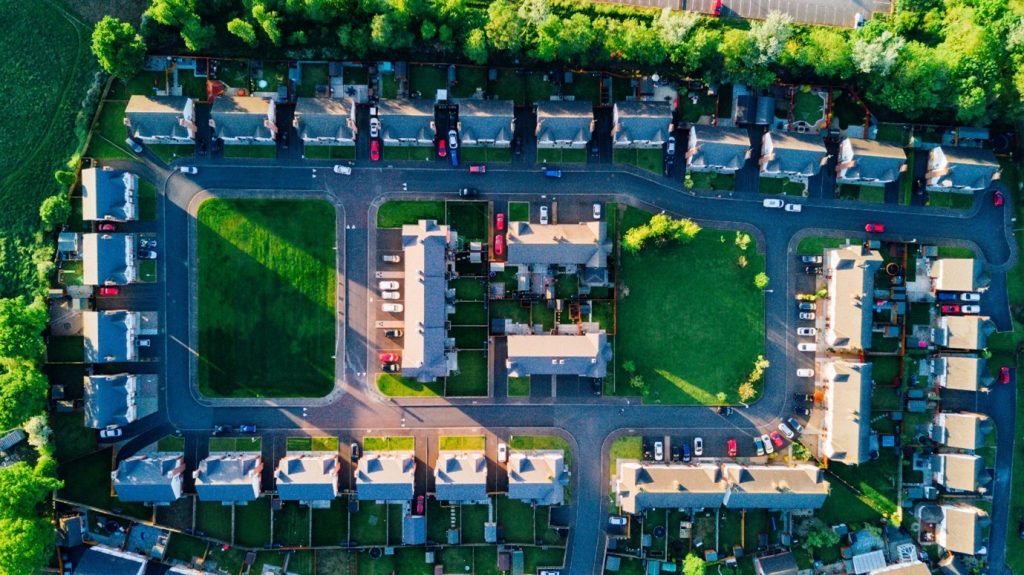Buying Land to Build a House: How to Find Your Self-Build Plot
One of the first steps on your journey towards building your own home is buying the land you want to build it on. The good news is that buying land in the UK is relatively simple — anyone can be a landowner, and there are a few different ways you can do it. The hard part is buying land that you can legally build on, and the difficulty of this varies depending on where in the UK you want to live. If this is the stage you’re at, or if you’re wondering whether you have the right to build on land you already own, we’ve put together this guide to help guide you through the process. We’ll cover:
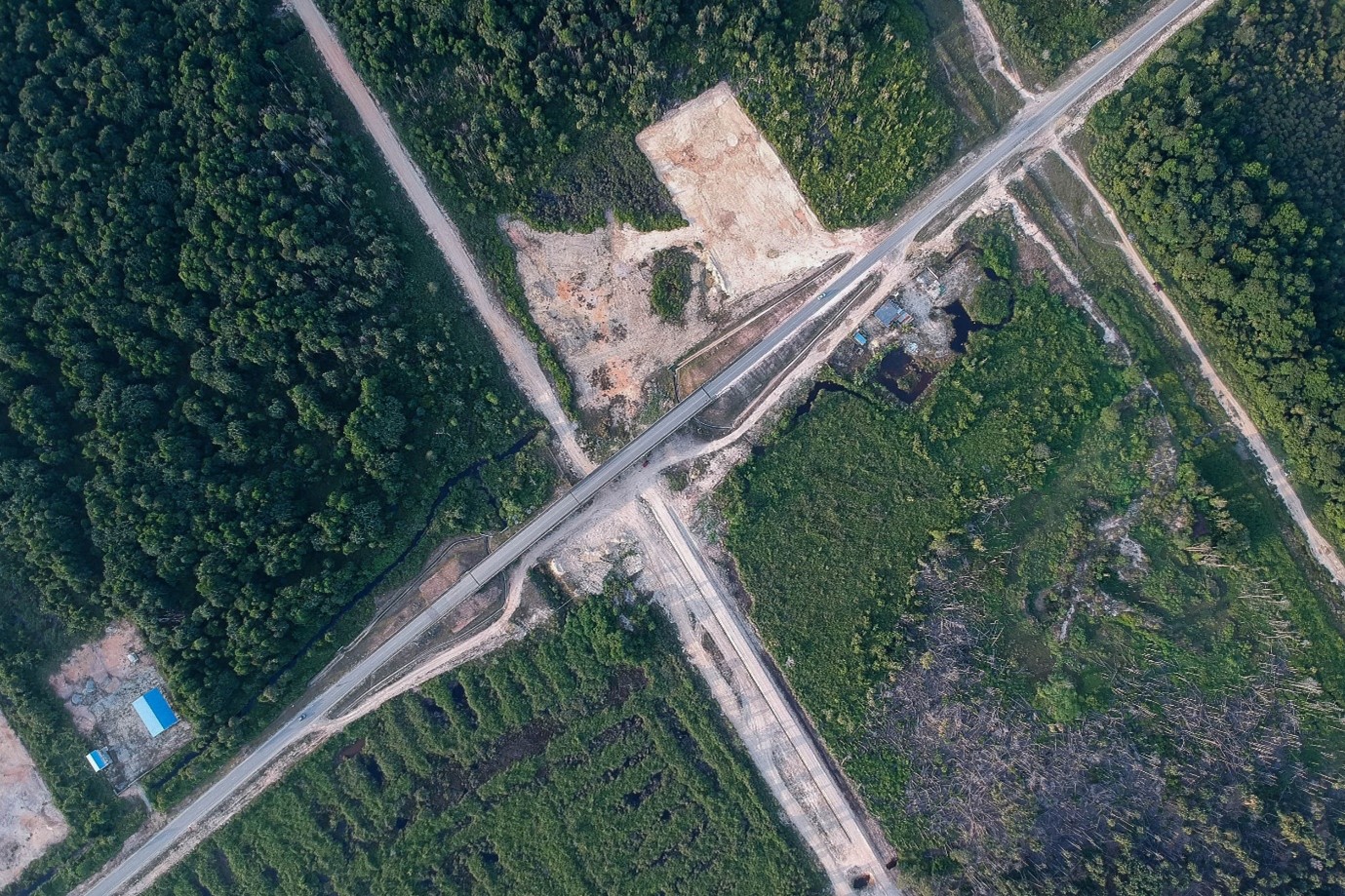
In most cases, it’s cheaper to buy land and build your own home than to purchase a ready-made property from a developer. Though, of course, there are many caveats to this. You can find out more about self-build costs and get tips for putting together your budget in our guide: how much does it cost to build a house?
Anyone in the UK can buy land. In order to build a house on that land, you will need to apply for planning permission, which is where it gets more complicated. However, most people who can afford it will be able to buy land and build a house in the UK. It’s just a matter of finding the right plot and acquiring the correct permissions.
Can I build a house on my land?
If you already own land, whether or not you can build a house on it depends on the type of land you own and whether you can get planning permission for your project. You may only be able to build a certain type, style, or size of house on your plot, depending on the planning permission. Your local authority will decide whether to grant permission based on the area’s best interests — that means everything from local biodiversity to the welfare of your neighbours will be taken into consideration.
According to the nationally described space standard set out by the government, the minimum internal floor space for a one bedroom, single-occupant dwelling is 37m2. For a one-bedroom dwelling with two occupants, this increases to 50m2 and for a two-bedroom home, you will need at least 61m2. To determine the minimum land size required to build your house, take these measurements into account and factor in a garden if you want one.
You’ll also have to take into account the conditions of the Party Wall Act, which states that you must leave a reasonable distance between your property and your neighbours (if you have any). Depending on your location and proximity to other buildings, you may not be able to build right up to the boundaries of your plot and may require a larger piece of land for the home you want.
Greenfield land is land that has never been built on, which can be hard to come by but often provides an excellent foundation for building a home. That said, it’s important to note that some greenfield land has never been built on simply because it can’t be — either because it is unsuitable, or because it’s protected. So, be sure to research your plot well and perform a land survey before you buy it.
Many towns and cities in the UK have green belts around them, meant to control urban areas and prevent them from sprawling into the countryside. Green belt land can be difficult to acquire planning permission for, but it’s not impossible. This is because green belts are assigned based on their location, not what’s in them, which means that not all green belt land is protected land like many people assume. So, if your desired plot is in the green belt, don’t necessarily rule it out.
When searching for a greenfield plot, you must take these additional protections into account and rule them out:
- Areas of Outstanding Natural Beauty (AONB)
- Areas of special scientific interest (SSI)
- Ancient woodland
- Flood risk zones
- Listed buildings
If you can find a greenfield plot with none of these protections, you could potentially have a self-build site on your hands even if it is in a green belt. Developers often use tactics such as demonstrating how they will negate the ecological impact of the build or showing that or that their building will provide affordable housing in a rural area to further encourage approval from the local council.
Brownfield land is often quite loosely defined as land that has been previously developed, ranging from disused industrial sites to plots with existing housing on them. However, planning applications made on brownfield land are by far the easiest to get approved. This is good news as it can mean a speedier process for your project, but it does mean you’ll have a lot of competition including from large developers. Depending on the condition of the land, you may also have to pay for any clean-ups and demolitions during your building process.
As with all planning applications you need to consider basic points such as road access to the site, parking spaces, neighbours, and the ecological impact. In addition, it is important to consider what else is in the area, including pollution and noise from any surrounding industry.
It’s not impossible to build on agricultural land, but there are more hoops to jump through that have been designed to protect the UK’s farmable land and retain its purpose. In most cases, you likely will not be able to build a house on agricultural land unless you are a farmer who requires permanent residence on the site and you can prove this. However, this rule is on the decline and many local councils are struggling to keep farmland for farming, so they may be more likely to approve building applications on these plots instead.
You will of course need planning permission to build a house on agricultural land. You do not necessarily need permission to erect a building on agricultural land if it is for farming purposes, such as a barn or stable, but you will always need planning permission if it’s intended to be a home. On top of this, there may be additional conditions you’ll need to meet in order to be able to build a house on agricultural land as opposed to other types of land, including the size of the house, its proximity to crops and livestock, and your access to local services.
As a result, it can be very difficult to obtain planning permission for a residence on agricultural land. Many people take the risk because farmland is so cheap, however, you must thoroughly research the policies of your local authority as well as the conditions of the land you want to purchase to be certain that you will be granted planning permission to build your home. It’s wise to do this research prior to signing off on your land purchase, so you’re not surprised by anything later on.
Backlands include private gardens, yards, and other ‘empty’ spaces attached to buildings in urban areas which could potentially be built on. Backlands building, also known as infilling, can be seen as controversial as it takes green spaces away from urban areas. However, it could be argued that creating new homes this way maximises the potential of already urban land, which can in turn stop greenfield land from being built on.
To build a house on backland, you must be able to prove that the property will have road access, no impact on neighbours (such as disturbing their privacy or blocking light), and a reasonable ecological impact (determined via survey). Another way to increase your likelihood of acquiring planning permission for a backlands build is to submit a design that matches the architecture of surrounding buildings, and other sympathetic considerations.
When buying land to build a house, you may come across land being sold with full planning permission, known as Detailed Planning Permission (DPP). This is the quickest and easiest route to a self-build as it (almost) guarantees your request for planning permission will be accepted, but these plots are very expensive. Most of the land you see for sale will have Outline Planning Permission (OPP). OPP essentially means that you have planning permission in theory, but you still need to apply for full planning permission before you build.
Even with OPP, you have the peace of mind that your plot is viable. If a plot is being sold without any planning permission at all, you must be cautious in case it has been refused in the past or the current owner knows something you don’t. If you accidentally buy land that you can’t build on, you’ll be even more out of pocket and your self-build project will be delayed.
However, if you do opt to take the risk and buy land with no planning permission, you can get incredible deals and potentially save thousands. So, it’s important you weigh all your options up carefully and choose the best approach for you. Always do a thorough land survey before you buy.
The first step to finding your self-build plot is to decide where to look. You may already have a location in mind, and if it’s an area you’re familiar with, you can use your local knowledge and connections in the area to avoid buying land in the undesirable parts of town — or maybe even uncover a hidden gem. However, limiting your search to just one location will give you a very small range of plots to choose from.
Taking your search nationwide will give you plenty more options as well as a wider range of prices and types of land to choose from, but at the expense of that valuable local context.
Once you’ve settled on a location, sign up for the local Right to Build register if you live in England. English local authorities are required to keep a list of people who wants to self-build in their area, to ensure they can provide enough individual serviced plots to meet demand.
There are plenty of online resources you can use to find land for sale, from house-buying sites that let you filter per property type, to websites that specialise in self-build plots. Land and property auctions, either online or in person, are another way to find your self-build plot. Other avenues include contacting local estate agents, architects, surveyors, and builders (who may charge a finder’s fee), as well as your local council, who may potentially have a list of buildable land, permissions granted, or derelict buildings available for you to look through.
Perhaps the easiest way to find land that you know will be well-connected and suitable for building is to buy a property and demolish it. You’ll still have to apply for planning permission to build your new home, but it’ll be far more likely to be approved than an application for a new build on unoccupied land. Just remember to factor the demolition costs into your budget.
Always hire a surveyor to perform a land survey —especially when purchasing land for a self-build — before you hand over any money to a landowner. A land survey will tell you in greater detail about the geography of your plot and the terms and conditions that surround it, including any potential legal issues, environmental concerns, or other setbacks it may cause for your project.
As well as having a land survey completed, you’ll want to start enquiring about planning permission, covenants, whether your title deeds are absolute or possessory (the latter may cause complications further down the route). This is also a good opportunity to get an insight into things like soil quality, slopes, and tree roots, as well as whether the land is connected or close to roads and utilities, all of which may require expensive solutions when it comes to designing and building your home.
The next step is to get your lawyers to look over the paperwork to ensure that your plot is everything that is promised, and that you will have absolute ownership of it. They can also help you look into whether or not you will be able to build on the land, so it’s essential you do not skip this step, as they may notice something you don’t. You may also want to have your accountant look over the deed to ensure that you can afford the land you want to buy as well as the Stamp Duty Land Tax attached to it.
In terms of funding your purchase, you can do this via your own savings and equity or your self-build mortgage if you have one, as these typically cover the cost of the plot.
You can also opt for a bank loan to cover the cost of the land, or even a land mortgage. If you choose to go down this route, your lender will want to see the plans for your self-build to determine how much value the land will be worth after you’ve built on it. This is because land mortgaging is seen as a high-risk investment by them, so you have to prove to them that you’ll be able to offer a return.
You can get a land mortgage for any type of land, though lenders may be hard to find if you’re looking at land in a green belt. If the land you want to buy has planning permission attached, however, you’ll soon notice that it’s much easier to find a lender and it may even improve the rates you’re offered.
Finding your self-build plot may seem daunting, but it’s simply a matter of narrowing your search and knowing where to look. The tips in this guide can help you map out your plot and find the land you need to build a house that meets your requirements, as well as your budget.
At RW4Y, we can provide you with high quality and reliable roof windows to suit a wide range of self-build projects, as well as home improvements such as loft conversions and extensions. For more house building tips, be sure to browse the rest of our self-build hub. From designing your dream home to connecting to utilities, we have helpful advice and guidance for every stage.

